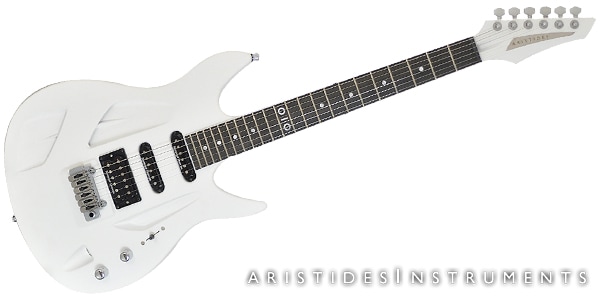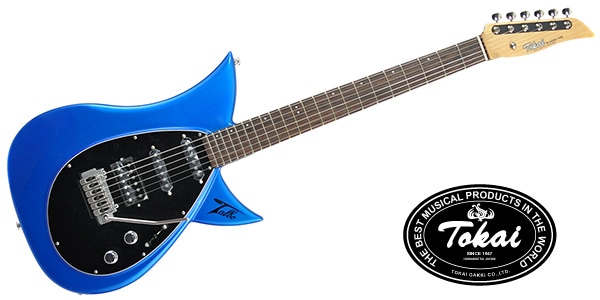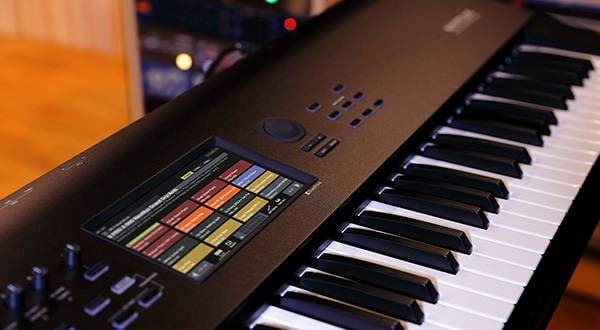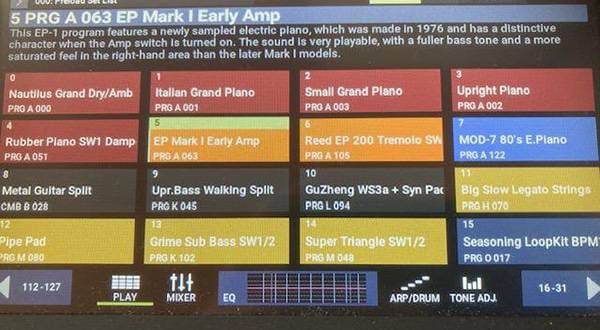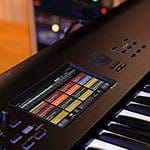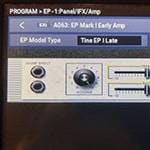Hello, this is Nemoto.
The other day Fender announced that it would stop using ash.
The main reason is that ash is in danger of being depleted due to changes in the environment and a pest called the emerald ash bowler. It seems that this story is limited to North America, so I think that we can still secure products from other production areas (Europe is the major supplier of musical instrument materials), and it seems that even Fender will continue to use it at the Custom Shop, and only stop the use on the normal production line.
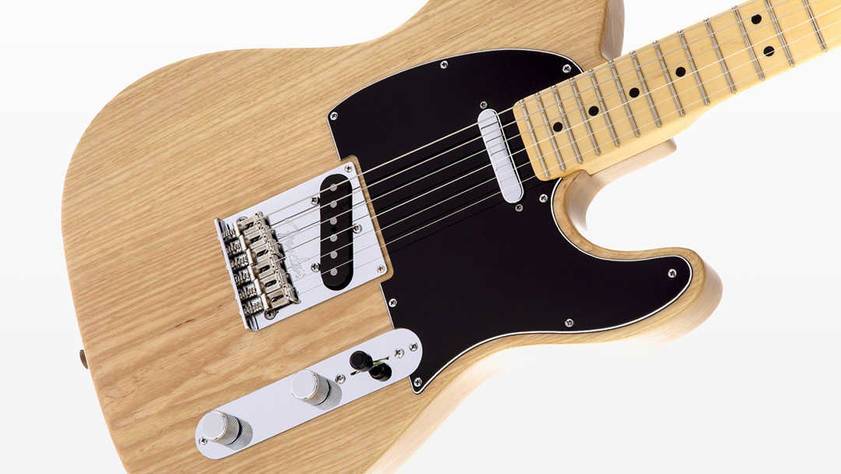
What kind of good materials will become more and more popular from now on? In other words, materials that should be noted is artificial materials. They feature very stable quality. Since they have a short history, I will explain and talk about each material (I will not explain the history and physical properties of the material, so please search for this information on your own if you are interested)
* This articles is limited to the parts where wood is used. I will not touch on parts that are mainly made of metal (pegs, bridges, nuts, etc.). For me, Thermowood is also not included in the “artificial material” category.
Let's get to it.
Acrylic
The earliest manufacturer I know that used acrylic was Fender. In 1957, they announced a Strat made of Lucite (a type of acrylic plastic) as a show model. You can find it by searching for "Lucite Stratocaster". It was a beautiful guitar, but unfortunately it didn't get mass-produced.
Probably for two reasons. The technical problem was that it was very difficult to make a big, thick thing like the body of a guitar with no air bubbles. The other is that it was quite heavy to use as a musical instrument material.
In 1969, more than 10 years after its birth, Ampeg started selling electric guitars and basses with a Lucite body called "Crystal Guitars". Probably these are the world's first mass-produced acrylic guitars.
The Executive Producer was Kent Armstrong's father Dan, who has created a cartridge type pickup, and I personally think that it is a masterpiece, but it was discontinued in just two years (as an aside, Dan called it a mystery pickup). They were also developing a pickup with a unique structure)
After that, acrylic guitars have been released occasionally by Burny (the hide model) and Ibanez, but all of them were short-lived. I don't think they sounded or looked bad ...
Currently, they are selling for 30,000 yen. I’m grateful they can be sold at such low prices due to technological advances.
Carbon, graphite
Note it is not "carbon graphite". Just in case….
The image of Steinberger is very strong for the use of graphite, but various manufacturers such as Parker, Status, Zon, Modulus, and Moses also have models available.
Unlike Lucite, it quickly caught on because it was extremely hard and lightweight. It is often used for necks, and carbon rods are often used for wooden necks (in the past, titanium rods were often used, but they are heavy and have been replaced with carbon rods).
There was also an acoustic guitar that used graphite for the body, but the reviews were not good because the sound was too hard.
It is also beginning to be used in bows for bowed string instruments. It's not very well received right now, but I think there will be more research going forward as Pernambuco is also being restricted.
Allium
A material developed by Aristides. It is used in the both their guitars and basses.
Aluminum
Tokai (Tarbo series) uses aluminum for the body. I like it because it has a very metallic sound. It's interesting that the structure is slightly different depending on the generation.
Is Kramer famous for using aluminum for the neck?
However, it is not entirely made of aluminum, only the center and head of the multi-piece neck are made of aluminum. There is no truss rod because the aluminum neck is said to not warp, but it actually does get warped. The existing guitars are really rare, and those who like rare items may want to add them to their collection. The head shape is also unique. "Forked head" is the official name, but in Japan it is also called "Baltan head".
There are also manufacturers such as Zemaitis and Zodiac Works that put aluminum on the body top. I thought it was just for decoration, but it seems to affect the sound in a good way.
Brass, stainless steel, etc.
These have been used for fingerboards by Stradi Music Instruments and Vige.
They are also used for the bodies of resonator guitars. As far as I know, there is no manufacturer who uses these for the neck, probably because it is heavier than aluminum.
Particle board
A so-called recycled material made by hardening wood chips. Danelectro has sold guitars and basses that use masonite.
The world of artificial materials that will (likely) increase in the future. I will keep my eyes open for new advances with excitement.
Thank you very much.





